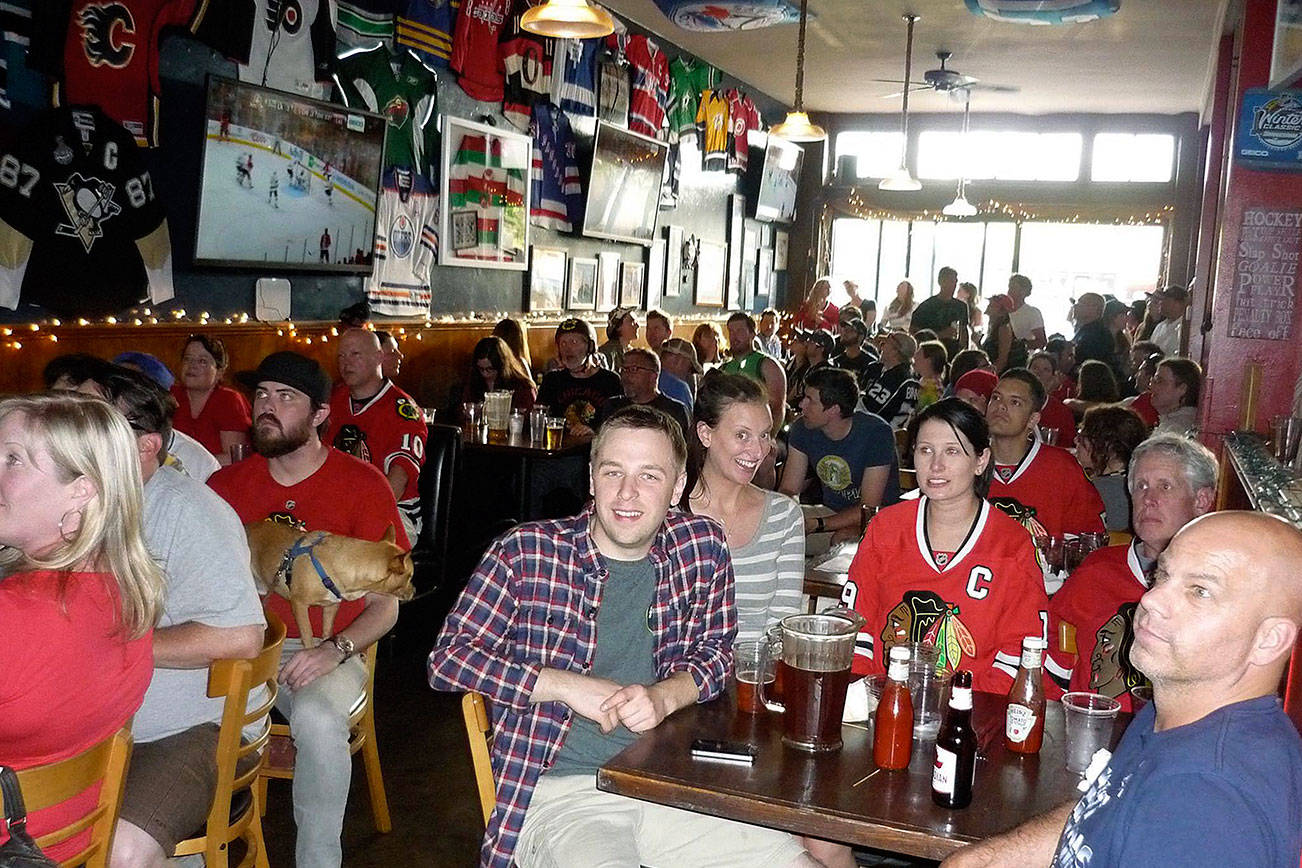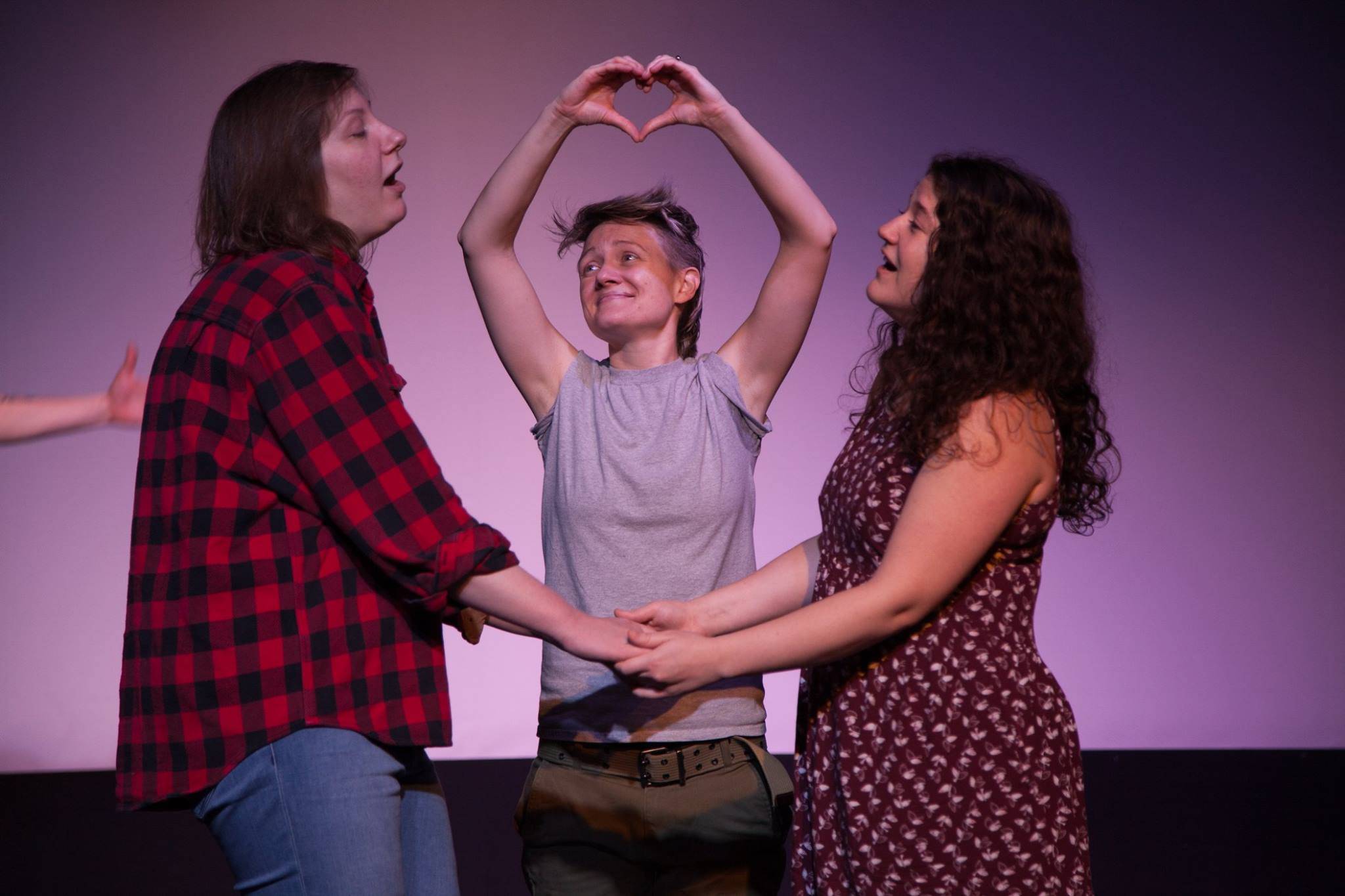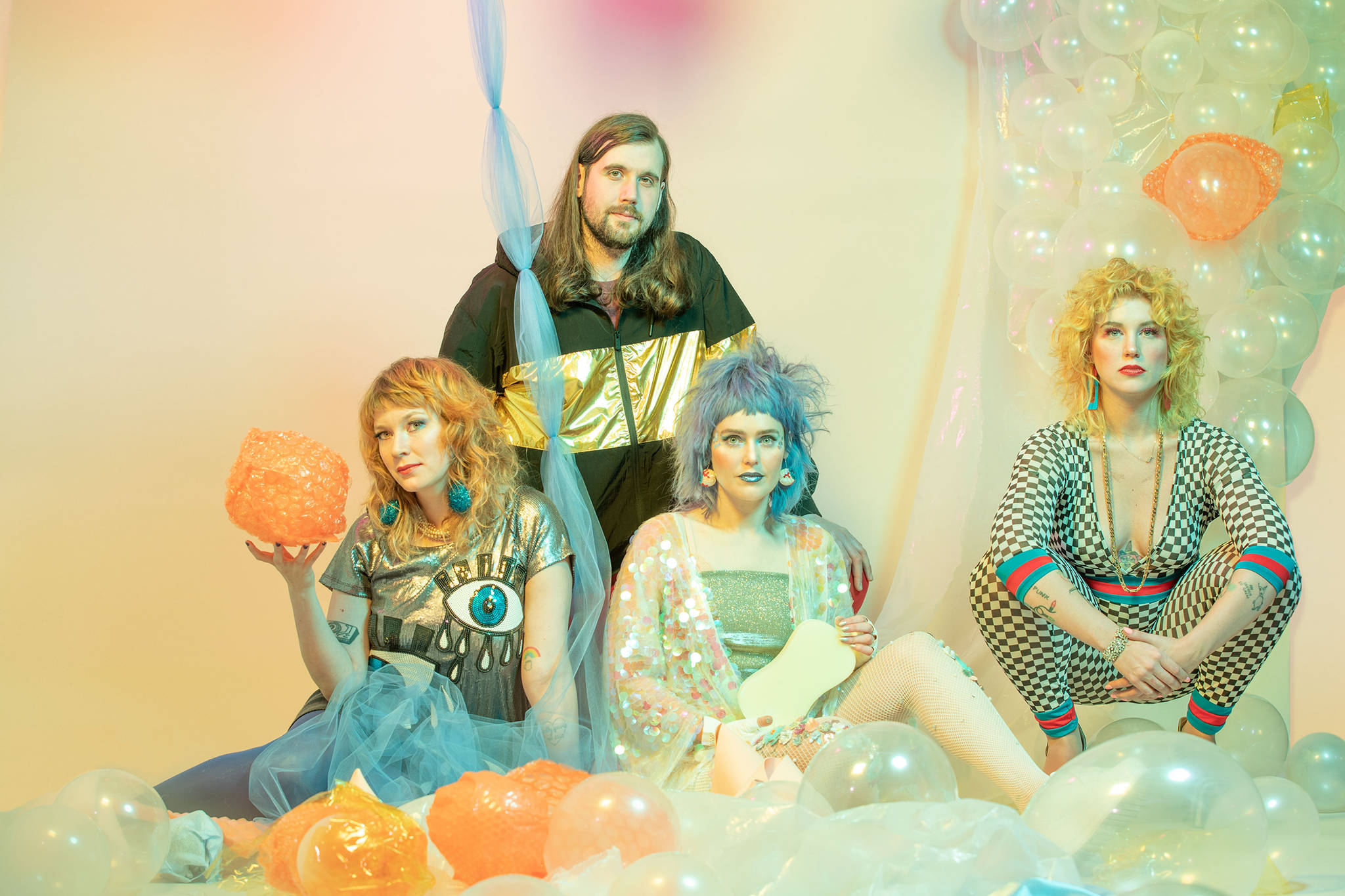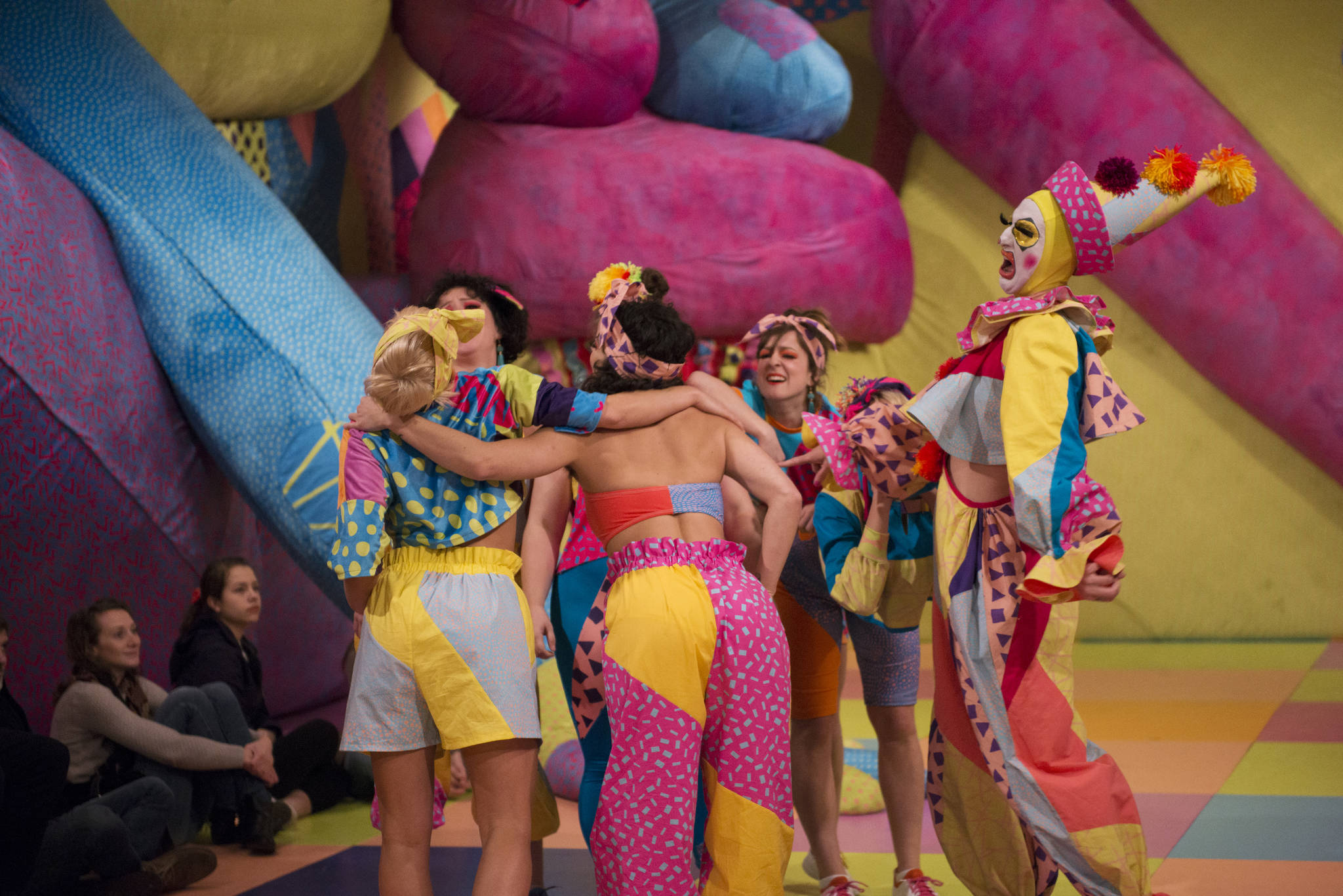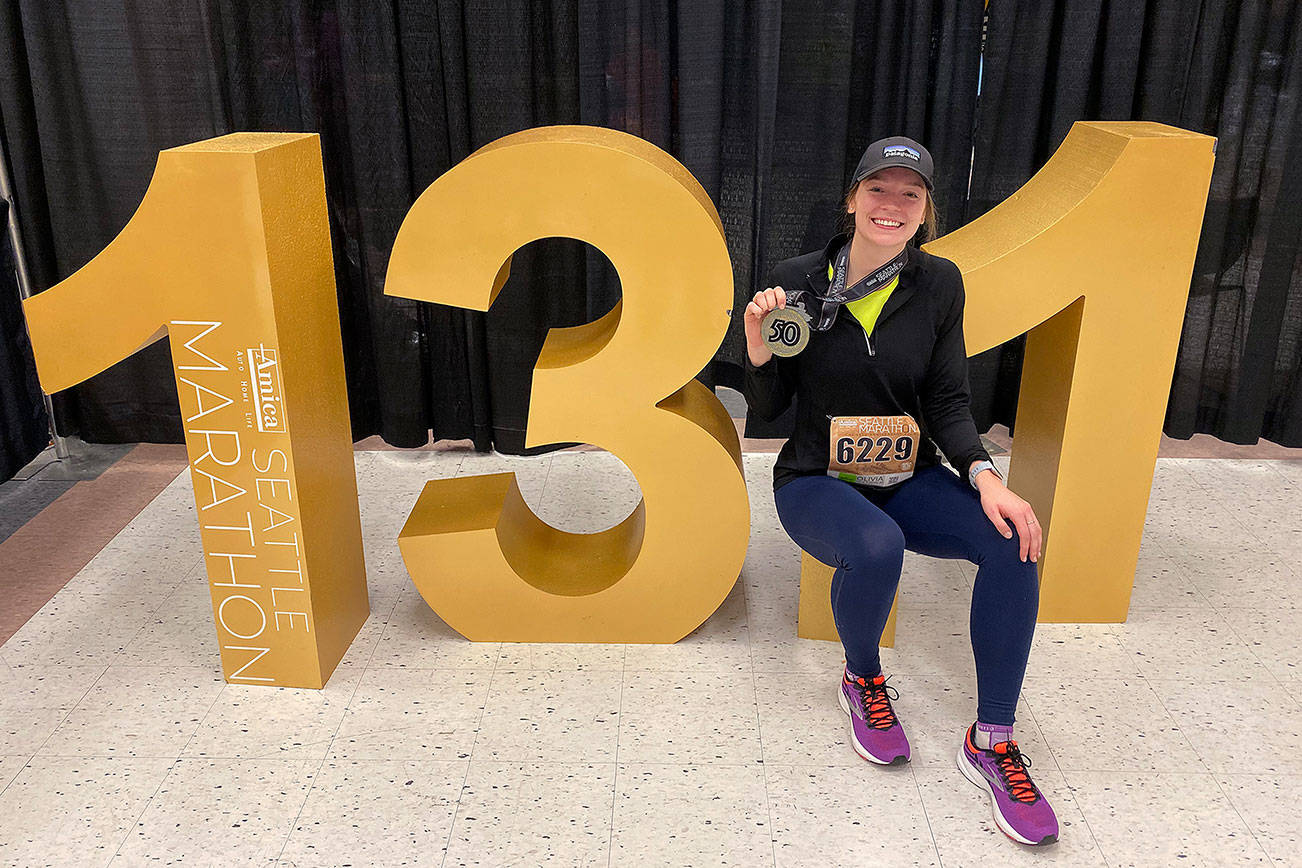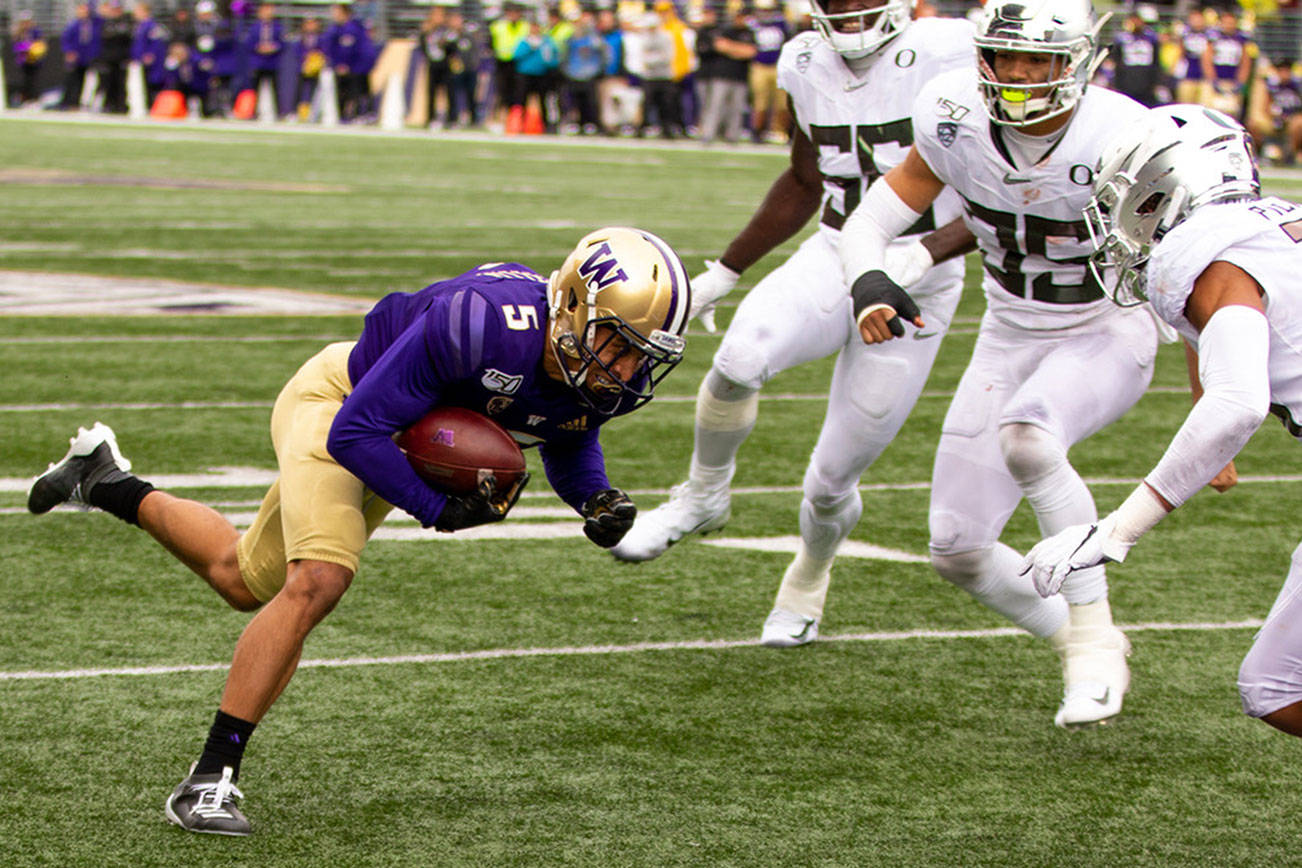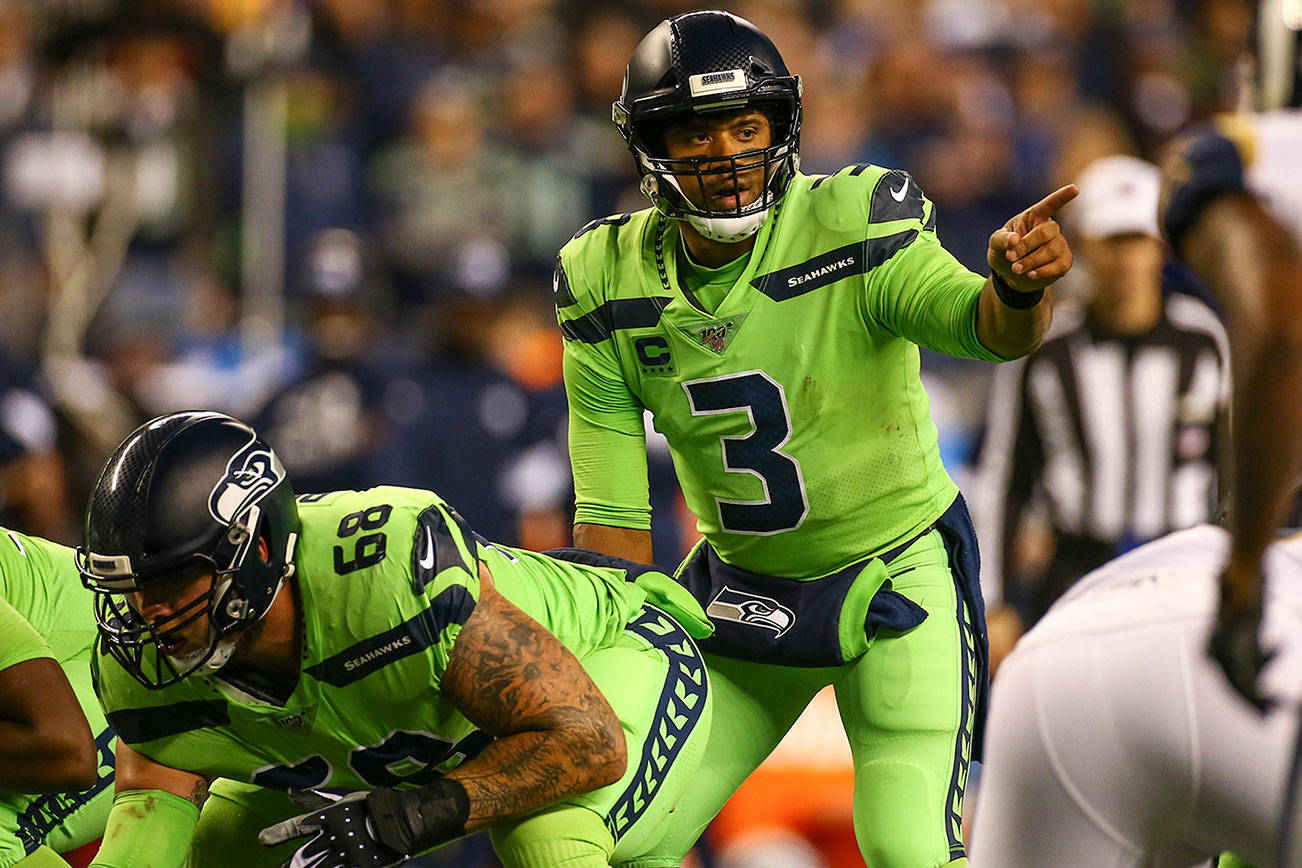Let’s get this out of the way: Nobody in the Seattle hockey community was surprised when the Oak View Group group officially submitted a bid for a National Hockey League expansion team on Feb. 13. For those paying attention, the arrival of an NHL team in Seattle had become increasingly inevitable over the past few years. The league seems desperate to enter the Seattle market (even rejecting an arena-ready expansion bid from Quebec City), which stands in stark contrast to the National Basketball Association, which has used Seattle’s bid to bring back the SuperSonics mostly as a threat to other NBA-franchised cities reluctant to commit to new tax-payer funded arenas. It wasn’t a matter of if Seattle would start the NHL expansion process, but when.
“I think for an area that doesn’t have an NHL team we’re probably the strongest hockey community in the country. It’s kinda ready made, ready to go,” says Andy Cole, the league manager at Greater Seattle Hockey League, the Northwest’s biggest adult hockey league with around 1,300 participants. In addition to GSHL, there are several other adult leagues and youth hockey associations in the area. There are 9,248 registered players in Washington state (including 1,180 women), according to USA Hockey’s 2016–17 Registration Report.
Cole theorizes that there’s also a dormant base of transplants from Canada and the Midwest who don’t currently sign their kids up to play hockey, but would if a Seattle NHL team made the sport more culturally mainstream. According to him, unlike prior NHL expansions to warm weather markets like Phoenix, the league wouldn’t “have to come in here and invent hockey.”
A season ticket drive for Seattle NHL tickets will begin March 1 at 10 a.m. at nhlseattle.com. Deposits on the potential season tickets will be $500, or $1,000 for club level seats. The season ticket drive is meant to serve as a barometer to show the market’s interest in a team. While no target goal has been announced, the Las Vegas Knights (the most recent NHL expansion franchise) sought 10,000 deposits in February 2015, and the team ended up selling all 16,000 it made available. The cost of season tickets has not yet been announced.
The Oak View Group—which includes billionaire investor David Bonderman and film producer Jerry Bruckheimer—made an initial downpayment of $10 million to submit the expansion bid. If the team gets approved, the group will have to pay a $650 million expansion fee.
Even Seattle’s only current hockey team is on board for NHL expansion.
“We think it will be a positive because just of the growth and proliferation of the game in the area,” says Russ Farwell, the long-time general manager for the Seattle Thunderbirds, the major junior ice hockey team in the Western Hockey League that plays its games at the Accesso ShoWare Center in Kent. “We’ve been here over 40 years and we still repeatedly run into people who have never been to a game.”
“We don’t really see an NHL team as a direct competitor for us,” Farwell says. “We are a totally different price point and a different level. So I think we’ll have a few fans who want to try [the NHL] and go there, but picked up interest in the sport should make up for that.”
Farwell says that members of the potential NHL ownership group reached out to the Thunderbirds last summer when they began formulating their plan, and then again two months ago when plans were in place. He says he thinks they have a good grasp on the situation and that they don’t intend to infringe on the Thunderbirds bargain-hockey turf. As Farwell tells it, “They flat out said, ‘Look, we’re not gonna pay what you pay for this franchise and go out and be selling cheap tickets.’ ”
“I’ve seen some groups start and if they don’t have a real comprehensive plan to market the team, help grow the sport, or have an understanding they need to participate in it,” says Farwell, “then here’s what happens: They get going and the rink only has 11,000 or 12,000 people in it, and nobody likes to be embarrassed at that level. And they say, ‘Get some people in this place!’ And then they head out and they wholesale the tickets.”
Farwell has seen major leagues become a threat to the Thunderbirds firsthand, back when the team shared KeyArena with the Seattle SuperSonics.
“When the Sonics were here and we playing in the same building … when they were going good, it was no issue at all. We didn’t even know the other one existed. But when they fell on hard times and they weren’t filling up and they started selling group tickets for $15 then—holy smokes—it was a direct competitor for us and it was a real problem. So that was the concern.”
Another thing that everyone in the community agrees upon: Seattle is going to need way more ice rinks to handle the increase in new players—especially when it comes to youth hockey—that an NHL team would foster. There are currently around a dozen ice surfaces within a 15-mile radius of Seattle.
“Currently there is not enough ice. It’s something we definitely struggle with here,” says Seattle Women’s Hockey Club communication manager Alexis Haire. “The women’s team I’m on plays on three different ice surfaces, but it’s still really challenging to get ice time. We commonly find ourselves having to play at late times—9 p.m., 10 p.m.”
Without an investment in the ice infrastructure around town, the community will grow overcrowded and costs will increase. This would be especially detrimental to girls—the fastest growing hockey population in the area—and women’s players, who already struggle as their male counterparts generally get priority on ice times, according to Haire. The lack of facilities puts a real stress on youth hockey families as well, particularly if a family has limited financial flexibility.
“There just isn’t enough ice rinks, and enough ice [in the area],” says Farwell. “If your parents can’t afford to leave work at 2:30 in order to drive [you to a rink], it’s almost prohibitive for a lot of kids.” Farwell points out that a new team would need to build its own multi-sheet practice rink, but many independent rinks would need to spring up in surrounding communities to maintain a healthy hockey scene that develops homegrown talent. “Right now a good player almost has to leave the area at 13 or 14 in order to get into a league program.”
The local hockey community extends well beyond those actively playing. No one knows that better than Tim Pipes, the Canadian native who owns The Angry Beaver, Greenwood’s hockey bar.
“There’s a palpable excitement around the Beaver,” says Pipes. “People are really excited [about the prospect of an NHL team].”
With an array of jerseys on the wall and poutine on the menu, the Beaver becomes a crowded gathering spot for the city’s hockey fans during big NHL games. Pipes expects his core fanbase to remain loyal to their hometown teams and adopt a new Seattle squad as their No. 2 club. Similarly, he doesn’t want a new team to disrupt the Beaver’s open communal gathering spot vibe.
“One of the things I’m determined not to do is become a team bar,” says Pipes. “I mean, we will represent whatever Seattle NHL team—we will be the home team bar—but one of the great things about the Beaver is that we’re not really a team bar, we’re a hockey bar. We’ve got fans of every single team [in the NHL]. I don’t want to turn off the other fans. I love that two people—a Penguins fan and a Rangers fan—can be yelling at each other at a bar during a game, and at the end of the game can shake hands and go ‘Great game, buddy.’ ”
That said, Pipes hopes to benefit from the explosion in hockey popularity that an NHL team would assuredly bring.
“In the words of [Brody] from Jaws, I’m hoping that I need a bigger boat.”
ssommerfeld@seattleweekly.com
